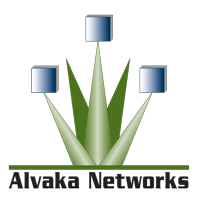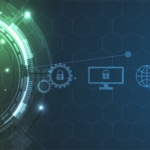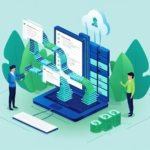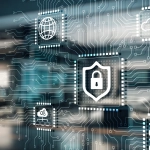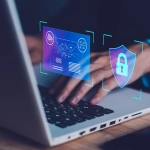One of the most effective ways to protect against ransomware attacks is to have immutable backups. Immutable backups are backups that cannot be altered or deleted, even by users with administrative privileges. This means that if your system is attacked by ransomware, you can restore your data from a clean backup and avoid paying the ransom. Immutable backups work by ensuring that the backup data is stored in a way that prevents any changes or modifications. Backup software that includes immutable backup features ensures that backup data is stored in a secure, tamper-proof location, and that any attempts to modify the data are detected and prevented.
There are several benefits to using immutable backups to protect your company from ransomware attacks:
- Fast Recovery. With immutable backups, you can quickly restore your data to a clean state without paying the ransom or losing critical business data.
- Compliance. Immutable backups can help you meet compliance requirements by ensuring that data is stored in a secure and unalterable format.
- Protection Against Insider Threats. Immutable backups can also protect against insider threats, such as an employee intentionally deleting or modifying data.
- Reduced Risk of Data Loss. By having multiple immutable backups stored in secure locations, your school district can reduce the risk of losing critical data due to hardware failure, natural disasters, or other unexpected events.
So, how can you best implement immutable backups to protect your company from ransomware attacks?
- Choose backup software with immutable backup features. Many backup software solutions now include features that allow for immutable backups. These solutions typically use cryptographic hashing to ensure that backup data is stored in a secure, tamper-proof format. Examples of backup software with immutable backup features include Alvaka’s DRworx and Veeam. Even old fashioned tape systems work well for this process, if managed with discipline.
- Store backups in secure locations. It is essential to store your backups in secure locations to prevent them from being compromised in the event of a ransomware attack. Consider using offsite backup storage solutions or cloud-based backup services that offer strong encryption and access controls.
- Test your backups regularly. It is important to test your backups regularly to ensure that they are functioning correctly and that you can restore your data quickly in the event of a ransomware attack. Conduct regular backup and recovery tests to identify any potential issues and address them proactively.
- Make sure you are backing up the right data. Too often we see vital information left out of the backup job, preventing full data recovery when a loss occurs.
Protecting your school district from ransomware attacks requires a multi-layered approach that includes software patching, multi-factor authentication, user education, strong well-managed security policies, and technical solutions, such as immutable backups. By implementing immutable backups, you can ensure that your data is protected from ransomware attacks, insider threats, and unexpected events that can result in data loss. Consider working with a trusted IT services provider to implement the best backup and recovery solutions for your business needs.
